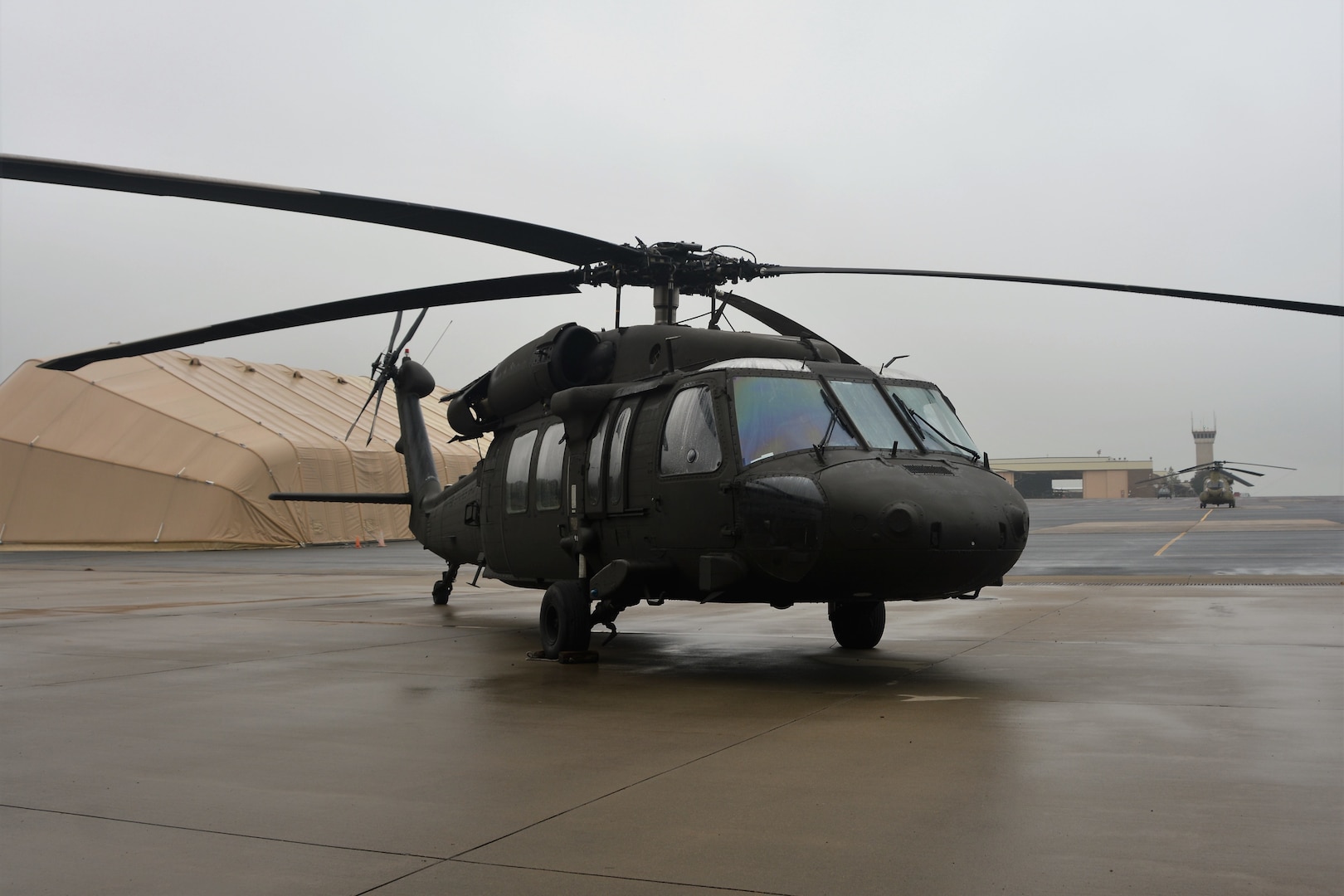The Influence of Sustainable Practices on the Future of Aircraft Procedures and Emissions Reduction
As the aviation sector encounters raising analysis over its environmental effect, the fostering of sustainable techniques arises as an essential path toward future airplane operations and exhausts decrease. Innovations in sustainable aeronautics gas and developments in crossbreed propulsion modern technologies stand at the forefront of this makeover, appealing substantial decreases in greenhouse gas discharges.

Review of Sustainable Practices
Sustainable practices in airplane operations include a variety of strategies targeted at minimizing environmental effect while keeping functional performance. These techniques are necessary in the aeronautics market's commitment to lessening its carbon footprint and adhering to global ecological criteria. Secret campaigns consist of optimizing flight paths to lower gas consumption, improving upkeep methods to ensure aircraft run at peak effectiveness, and applying innovative technologies such as winglets and lightweight products that boost the rules of aerodynamics.

Educating and engaging team on sustainability techniques also play an important function, fostering a society of ecological duty within companies. Overall, the combination of these sustainable methods not just helps in reducing discharges yet likewise boosts the long-term practicality of the air travel market, guaranteeing it meets the demands of both customers and regulative bodies while contributing to international sustainability objectives.
Cutting-edge Fuel Alternatives
Many innovative gas options are becoming essential remedies to decrease the aeronautics market's dependence on standard nonrenewable fuel sources. Amongst these alternatives, Sustainable Aeronautics Fuels (SAFs) have actually gotten substantial interest due to their prospective to reduce lifecycle greenhouse gas discharges by approximately 80% compared to conventional jet gas. SAFs are stemmed from different feedstocks, consisting of waste oils, agricultural deposits, and even algae, making them a versatile option for the industry.
An additional appealing option is hydrogen fuel, which, when used in fuel cells, produces just water vapor as a byproduct. This zero-emission potential presents a considerable opportunity for decarbonizing flight procedures, particularly for short-haul trips and local aircraft. In addition, electrical propulsion systems are being explored, leveraging battery modern technology to power aircraft. While current battery capability limits range and payload, continuous improvements may soon render electric flights feasible for particular applications - uh 60.
Lastly, biofuels derived from biomass are being checked out, offering a renewable alternative that can be combined with traditional gas. Collectively, these ingenious gas choices represent an essential action towards achieving a sustainable air travel ecological community, lining up with international discharges decrease targets and enhancing the market's environmental stewardship.
Technological Improvements in Aeronautics

Just how can technological improvements reshape the future of aviation? Advancements such as electric and hybrid propulsion systems are at the leading edge, promising considerable reductions in gas usage and greenhouse gas exhausts.
In addition, the application of innovative products, such as lightweight composites, adds visit homepage to boosted the rules of aerodynamics and gas performance. Making use of expert system and device learning in trip procedures optimizes route preparation and minimizes fuel burn by allowing real-time changes based on climate and web traffic problems. Additionally, the advancement of autonomous and from another location piloted airplane systems stands to transform freight and guest transportation, potentially raising performance while reducing human mistake.
Additionally, lasting aeronautics innovations, consisting of innovative air traffic monitoring systems, can decrease and streamline operations congestion, causing lower discharges during trip. These advancements jointly stand for a standard change in aviation, promising a future where sustainability and functional effectiveness are linked, consequently sustaining the sector's dedication to lowering its ecological effect.

Governing Framework and Compliance
Because of the growing focus on ecological stewardship within the air travel market, the governing structure controling airplane procedures is advancing to advertise lasting methods. Regulatory bodies, such as the International Civil Air Travel Company (ICAO) and numerous nationwide aviation authorities, are presenting strict standards intended at minimizing discharges and enhancing operational efficiency.
These laws frequently include the fostering of Lasting Aeronautics Fuel (SAF), which has actually been recognized as a crucial part in attaining lower carbon impacts. go to my blog Furthermore, compliance with these policies needs airlines to implement innovative technologies and functional techniques, such as optimized flight courses and enhanced air web traffic management, to minimize gas usage.
Additionally, the enforcement of emissions trading systems and carbon offsetting efforts is ending up being increasingly common, engaging airline companies to keep an eye on and report their discharges accurately. Non-compliance can lead to substantial charges, therefore pressing drivers to prioritize sustainability in their business versions.
Ultimately, the advancing regulatory landscape not just drives advancement and investment in eco-friendly technologies however likewise cultivates a culture of accountability within the air travel market. As these frameworks continue to create, the concentrate on sustainable practices will certainly be integral to accomplishing the field's long-term ecological objectives.
Future Fads in Aircraft Workflow
As the air travel industry adapts to a progressively stringent governing environment, future patterns in aircraft procedures are set to concentrate on innovative solutions that additionally enhance sustainability and efficiency - uh 60. Secret advancements will likely include the adoption of sophisticated air website traffic administration systems, which use real-time data and expert system to enhance flight courses, minimizing fuel usage and emissions
Another significant trend is the raised assimilation of sustainable air travel fuels (SAFs) These options to conventional jet gas, obtained from sustainable sources, can substantially reduce lifecycle greenhouse gas exhausts. The industry's commitment to SAFs will likely accelerate as airline companies work together with gas manufacturers to make sure availability and cost-effectiveness.
In addition, the push in the direction of electrification and crossbreed propulsion systems is obtaining energy. Emerging aircraft styles will incorporate these modern technologies, using quieter and more effective procedures, particularly for short-haul trips.
Final Thought
Finally, the combination of sustainable methods in airplane procedures holds significant capacity for exhausts decrease and enhanced efficiency. The fostering of lasting air travel fuels, combined with advancements in electric and hybrid propulsion systems, is necessary for lessening lifecycle greenhouse gas exhausts. Moreover, enhancing trip courses and embracing ingenious technologies add to a quieter and much more eco-friendly aeronautics sector. Jointly, these initiatives straighten with international sustainability objectives and lead the way for a greener future in moved here air travel.
Technologies in sustainable aviation gas and developments in hybrid propulsion innovations stand at the leading edge of this improvement, appealing substantial decreases in greenhouse gas emissions.Many cutting-edge gas choices are arising as pivotal services to minimize the aeronautics industry's reliance on conventional fossil gas - uh 60. Amongst these choices, Lasting Aviation Fuels (SAFs) have obtained considerable interest due to their potential to decrease lifecycle greenhouse gas discharges by up to 80% compared to standard jet gas.One more significant trend is the raised combination of sustainable aeronautics gas (SAFs) The adoption of sustainable aviation gas, combined with advancements in hybrid and electrical propulsion systems, is crucial for lessening lifecycle greenhouse gas emissions